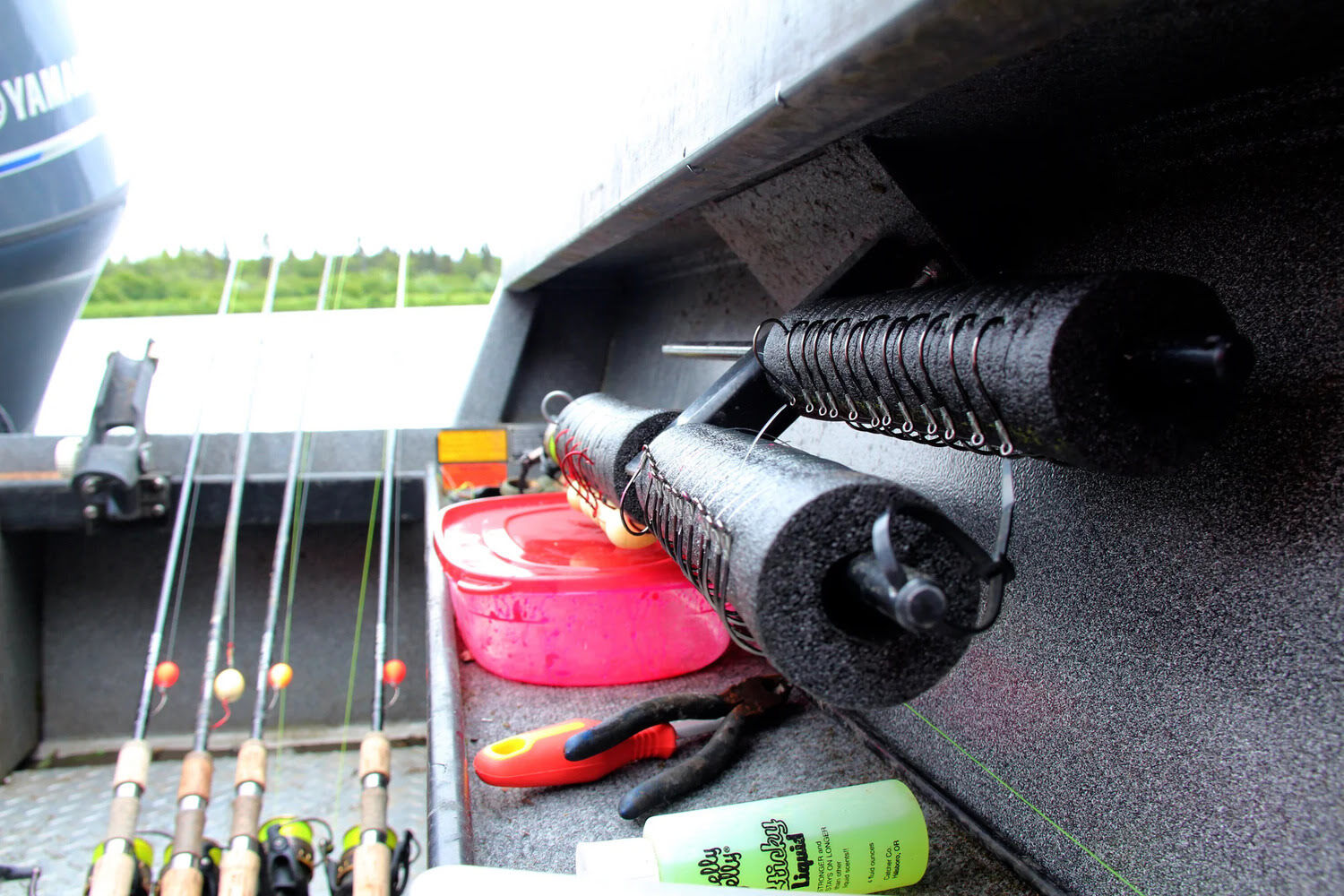

Articles
How To Store Fishing Leaders
Modified: January 6, 2024
Discover the best way to store fishing leaders with our informative articles. Keep your fishing gear organized and tangle-free for your next angling adventure.
(Many of the links in this article redirect to a specific reviewed product. Your purchase of these products through affiliate links helps to generate commission for Storables.com, at no extra cost. Learn more)
Introduction
When it comes to fishing, having properly stored fishing leaders is essential. Fishing leaders are an integral part of your fishing gear and can greatly impact your overall fishing experience. Whether you are a seasoned angler or just starting out, ensuring that your fishing leaders are stored correctly is crucial for their longevity and performance.
In this article, we will discuss the importance of properly storing fishing leaders and provide you with valuable tips on how to do so effectively. From choosing the right storage container to organizing your leaders and maintaining their quality, we will cover everything you need to know to keep your fishing leaders in optimal condition. So, let’s dive in!
Key Takeaways:
- Properly storing fishing leaders is crucial for maintaining their performance, extending their lifespan, and ensuring a safer and more efficient fishing experience. Organize, clean, and maintain your leaders to enjoy successful fishing trips.
- Choosing the right storage container, organizing leaders effectively, and implementing proper handling and transporting techniques are essential for maintaining fishing leaders in optimal condition. Invest in suitable storage solutions and handle leaders with care for an enjoyable fishing experience.
Read more: How To Store Fish While Fishing
Importance of Properly Storing Fishing Leaders
Properly storing your fishing leaders is essential for several reasons. Firstly, it helps to maintain the integrity and performance of the leaders. Fishing leaders are designed to withstand the tough conditions of fishing, including exposure to water, sun, and various types of fish. However, if not stored properly, they can become tangled, damaged, or weakened. Storing them correctly ensures that they remain in top condition, allowing you to fish with confidence.
Secondly, storing fishing leaders properly helps to prolong their lifespan. With regular use, fishing leaders can experience wear and tear. By storing them correctly, you can prevent unnecessary damage and extend their longevity. This saves you time and money in the long run, as you won’t have to replace them as often.
Moreover, storing fishing leaders properly makes it easier to locate and access them when needed. Fishing leaders come in different lengths, materials, and strengths for various fishing techniques and target species. If they are haphazardly stored, it can be time-consuming and frustrating to find the right one for a specific fishing situation. By organizing them properly, you can easily locate the right leader, saving you valuable time on the water.
Lastly, proper storage of fishing leaders ensures a safer fishing experience. When leaders are tangled or improperly kept, there is a higher risk of accidents, such as hooks becoming entangled and causing injury. By storing your leaders in an organized manner, you minimize the chances of accidents and create a safer environment for yourself and others.
Overall, properly storing your fishing leaders is crucial for maintaining their performance, extending their lifespan, and ensuring a safer and more efficient fishing experience. Now let’s explore the best practices for storing fishing leaders.
Choosing the Right Storage Container
When it comes to storing fishing leaders, selecting the right storage container is essential. The container you choose should provide adequate protection against moisture, UV rays, and physical damage. Here are some factors to consider when choosing a storage container for your fishing leaders:
- Waterproof: The container should be waterproof to prevent moisture from reaching your fishing leaders. Moisture can cause the leaders to weaken or become damaged over time. Look for containers made of waterproof materials like hard plastic or sealed tackle boxes.
- Durable: Fishing gear often faces rough handling, so it’s crucial to choose a storage container that is durable and can withstand the rigors of the fishing environment. Opt for containers made of sturdy materials that can withstand impact and resist cracks or breakage.
- UV protection: UV rays from the sun can degrade and weaken fishing lines and leaders over time. Look for containers that provide UV protection or have opaque lids to shield your leaders from direct sunlight.
- Compartmentalized: A container with compartments or dividers will help you keep your fishing leaders organized. It allows for easy separation and prevents tangling or entanglement of different leader types and lengths.
- Size: Consider the size of your fishing leaders and the number of leaders you have. Choose a container that is spacious enough to hold your leaders without overcrowding or causing them to bend excessively.
There are various types of storage containers available, including tackle boxes, fishing gear bags, and transparent plastic containers. Depending on your preference and the amount of gear you have, you can choose a single large container or multiple smaller containers for better organization.
Remember to label your storage containers to easily identify what’s inside. Labeling can help you quickly locate the specific type of fishing leader you need without wasting time searching through all your gear.
By choosing a suitable storage container, you can ensure the protection and organization of your fishing leaders, making them easily accessible whenever you’re ready to hit the water.
Organizing Fishing Leaders
Organizing your fishing leaders is crucial for efficient and hassle-free fishing trips. Here are some tips to help you keep your fishing leaders neatly organized:
- Categorize by Type: Sort your fishing leaders by type, such as fluorocarbon, monofilament, or wire leaders. This categorization will make it easier to locate the specific type of leader you need for a particular fishing situation.
- Separate by Length and Strength: Within each category, separate the leaders by length and strength. This organization will enable you to quickly grab the appropriate leader based on the target species and fishing technique you’re using.
- Use Leader Spools or Organizers: Invest in leader spools or organizers to keep your leaders untangled and free from knots. Not only will this prevent damage to the leaders, but it will also save you time and frustration when selecting a leader to use.
- Labeling: Label each spool or organizer with the name and specifications of the fishing leader. This labeling will help you identify the leader’s details quickly, allowing for easy selection.
- Keep like Leaders Together: If you have multiple leaders of the same type and length, consider storing them together in the same compartment or organizer. This practice will help streamline your selection process and minimize the chances of confusion.
- Utilize Clear Plastic Bags: For added protection and organization, place each leader or group of leaders in individual clear plastic bags. Not only will this prevent tangling, but it will also provide an extra layer of waterproofing.
When organizing your fishing leaders, it’s important to keep them easily accessible. Arrange your leaders in a way that allows you to quickly find and retrieve the specific leader you need, even in low-light or fast-paced fishing situations.
Remember to regularly assess and update your organization system as you add or replace fishing leaders. This ensures that your system remains efficient and adaptable to your changing fishing needs.
By taking the time to organize your fishing leaders, you can streamline your fishing equipment management and spend more time doing what you love – catching fish!
When storing fishing leaders, use a leader wheel or wrap them around a piece of foam to prevent tangling and kinking. Store them in a dry, cool place to prolong their lifespan.
Cleaning and Maintaining Fishing Leaders
Proper cleaning and maintenance of your fishing leaders are crucial for their longevity and performance. Here are some tips to help you keep your fishing leaders in excellent condition:
- Rinse with Fresh Water: After each fishing trip, rinse your fishing leaders with freshwater. This helps remove salt, sand, and other debris that can cause abrasion or damage to the leaders. Gently shake or pat dry with a clean cloth before storing.
- Inspect for Damage: Regularly inspect your fishing leaders for any signs of damage, such as fraying, nicks, or weak spots. If you notice any issues, it’s best to replace the leader to ensure optimal performance and prevent potential line breakage while fighting a fish.
- Remove Knots and Tangles: Before storing your fishing leaders, make sure to remove any knots or tangles. These can weaken the leader and potentially cause issues when fishing. Carefully untangle the leader using your fingers or a hook untangler tool.
- Apply Line Conditioner: To enhance the performance and durability of your fishing leaders, consider applying a line conditioner or lubricant. This helps reduce friction, improves castability, and extends the lifespan of the leaders. Follow the manufacturer’s instructions for application.
- Store in a Cool and Dry Place: Avoid storing your fishing leaders in hot or humid conditions, as this can degrade the quality of the lines. Choose a cool and dry location, such as a climate-controlled storage area or a tackle box with moisture-resistant properties.
- Rotate Leaders: If you have multiple fishing leaders of the same type, periodically rotate them to ensure even usage. This prevents one leader from bearing the brunt of the wear and tear, prolonging the lifespan of your leaders overall.
- Check for Line Memory: Fishing leaders, especially monofilament ones, can develop line memory over time, causing them to retain a coiled shape. To remove line memory, stretch the leader gently between your hands or spool it onto a reel and let it sit under mild tension for a period of time.
Remember to follow the manufacturer’s recommendations for cleaning and maintaining your specific fishing leader type. Different materials may require different care methods to ensure optimal performance and longevity.
By incorporating these cleaning and maintenance practices into your fishing routine, you can maximize the lifespan and performance of your fishing leaders, ensuring they are ready for action whenever you hit the water.
Read more: How To Store Smoked Fish
Storing Fishing Leaders Long-Term
When it comes to storing fishing leaders for an extended period, there are additional precautions you should take to ensure their quality and performance remain intact. Here are some tips for storing fishing leaders long-term:
- Remove from Reels: If you have fishing leaders spooled on reels, consider removing them for long-term storage. This prevents the leaders from becoming warped or stressed due to constant pressure.
- Use Leader Spools or Organizers: Transfer your fishing leaders onto leader spools or organizers specifically designed for long-term storage. These spools or organizers keep the leaders organized, untangled, and protected from damage.
- Secure the Ends: Before storing your fishing leaders, secure the ends to prevent them from unraveling or tangling. You can use a small rubber band, a piece of tape, or even tie the ends together using a secure knot.
- Store in a Dark Place: UV rays can degrade the quality of fishing leaders over time. Therefore, store your leaders in a dark, cool place away from direct sunlight or artificial light sources. This helps preserve their integrity and prolong their lifespan.
- Invest in Vacuum-Sealed Bags: For added protection against moisture, consider storing your fishing leaders in vacuum-sealed bags. These bags remove excess air, creating a tight seal and preventing moisture from reaching the leaders.
- Label and Date: To keep track of your fishing leaders in long-term storage, label each spool or organizer with the type, length, and date of purchase. This information will help you identify the age of the leaders and determine when it’s time to replace them.
- Check and Replace Regularly: Even when stored properly, fishing leaders can still degrade over time. Regularly inspect your long-term stored leaders for any signs of damage or deterioration. If you notice any issues, replace the leaders to maintain optimal performance.
Remember to periodically check on your long-term stored fishing leaders to ensure they remain in good condition. Rotate the leaders or reels occasionally to prevent any flat spots or undue stress on certain sections.
By following these tips, you can store your fishing leaders long-term with confidence, knowing they will be ready for action whenever you decide to use them.
Proper Handling and Transporting of Fishing Leaders
When it comes to handling and transporting your fishing leaders, it’s important to take proper precautions to prevent damage and ensure their performance. Here are some tips for handling and transporting your fishing leaders:
- Handle with Clean Hands: Before handling your fishing leaders, make sure your hands are clean and free from any substances that may transfer onto the leader. Oils, sunscreen, and other chemicals can weaken the leader and affect its fishing performance.
- Avoid Excessive Bend or Knotting: When handling your fishing leaders, avoid excessive bending or knotting. Over time, excessive bending can weaken the leader, and unnecessary knots can create weak spots. Handle the leaders gently and avoid unnecessary stress or pressure.
- Use Leader Retainers: To prevent your fishing leaders from becoming tangled during transport, consider using leader retainers. These are simple devices that hold the leaders securely in place, preventing them from twisting or tangling with other gear.
- Store in a Protective Case or Bag: When transporting your fishing leaders, invest in a protective case or bag designed specifically for fishing leaders. These cases prevent bending, tangling, and damage from external elements such as moisture or UV rays.
- Keep Away from Sharp Objects: Avoid storing or placing your fishing leaders near sharp objects, hooks, or rough surfaces that can cause punctures or abrasion. Ensure that the storage location is free from any potential hazards that may damage the leaders.
- Check Leader Retainers Periodically: If you use leader retainers to transport your fishing leaders, periodically check them to ensure they are securely holding the leaders. Over time, the grip in the retainers can loosen, potentially leading to tangling or damage.
- Secure Leaders during Boat or Vehicle Transports: If you are transporting your fishing gear on a boat or vehicle, make sure your fishing leaders are securely stored and won’t be subjected to unnecessary movement or jostling. Use rod holders or secure storage compartments to keep them in place.
When handling and transporting your fishing leaders, it’s essential to prioritize their protection and well-being. By taking these precautions, you can ensure that your fishing leaders remain in optimal condition and ready for use, whether you’re fishing from a boat, shore, or any other location.
Conclusion
Properly storing and maintaining your fishing leaders is crucial for their performance, longevity, and your overall fishing experience. By following the tips outlined in this article, you can ensure that your fishing leaders remain in optimal condition, ready for action whenever you hit the water.
Start by choosing the right storage container that provides protection against moisture, UV rays, and physical damage. Organize your fishing leaders by type, length, and strength for easy access and efficient fishing. Clean your leaders after each use and regularly inspect them for any signs of damage, replacing them if necessary.
When storing fishing leaders long-term, transfer them to leader spools or organizers, secure their ends, and store them in a cool and dark place. Consider using vacuum-sealed bags to provide an extra layer of protection against moisture. Label your leaders and regularly check on their condition to ensure they remain in good shape.
When handling and transporting your fishing leaders, handle them with clean hands, avoid excessive bending or knotting, and use proper storage cases or bags to prevent damage. Keep them away from sharp objects and securely store them during boat or vehicle transport to minimize the risk of tangling or abrasion.
By implementing these practices, you can ensure that your fishing leaders are always in optimal condition, increasing their performance, and prolonging their lifespan. With properly stored and maintained fishing leaders, you can enjoy a more enjoyable and successful fishing experience.
So, take the time to invest in the proper storage containers, organize your fishing leaders effectively, and regularly clean and maintain them. Your fishing leaders will thank you with improved performance, increased durability, and countless memorable fishing trips.
Now that you've got the scoop on keeping fishing leaders in prime condition, why stop there? Dive deeper into managing all your angling gear effectively. If sorting out fishing equipment sounds like a chore, worry not. Our next article on the best tackle storage options for 2024 offers clever solutions to keep everything from hooks to lures neatly organized and readily accessible. With these tips, you'll spend less time untangling and more time casting. Ready to gear up for a hassle-free fishing experience?
Frequently Asked Questions about How To Store Fishing Leaders
Was this page helpful?
At Storables.com, we guarantee accurate and reliable information. Our content, validated by Expert Board Contributors, is crafted following stringent Editorial Policies. We're committed to providing you with well-researched, expert-backed insights for all your informational needs.


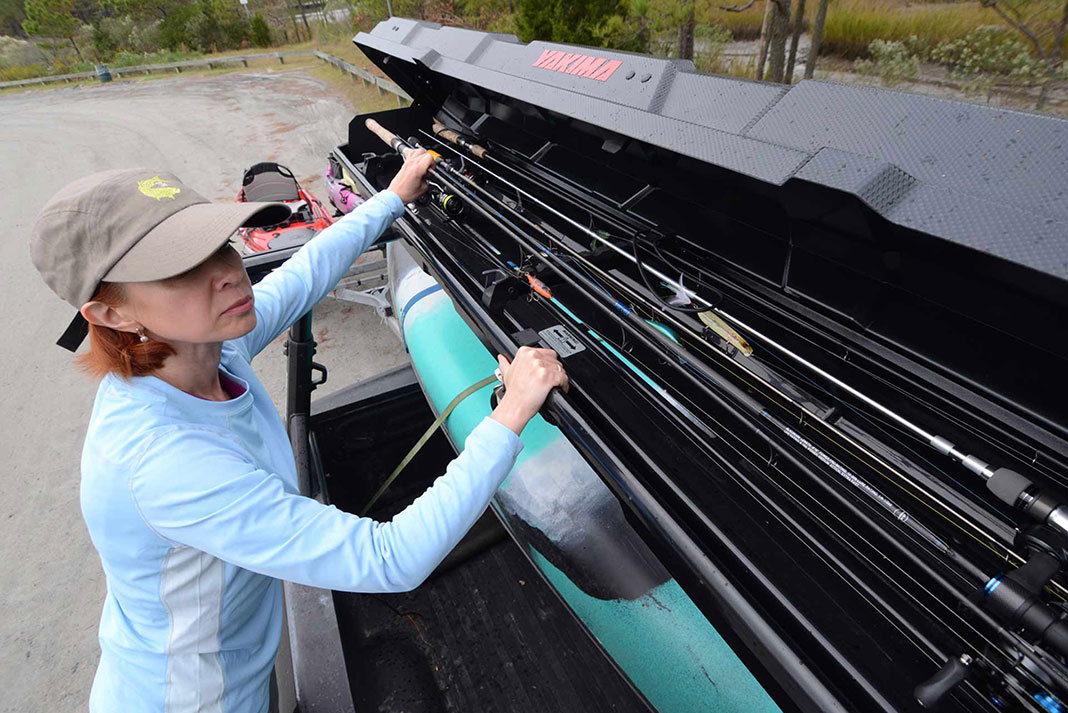
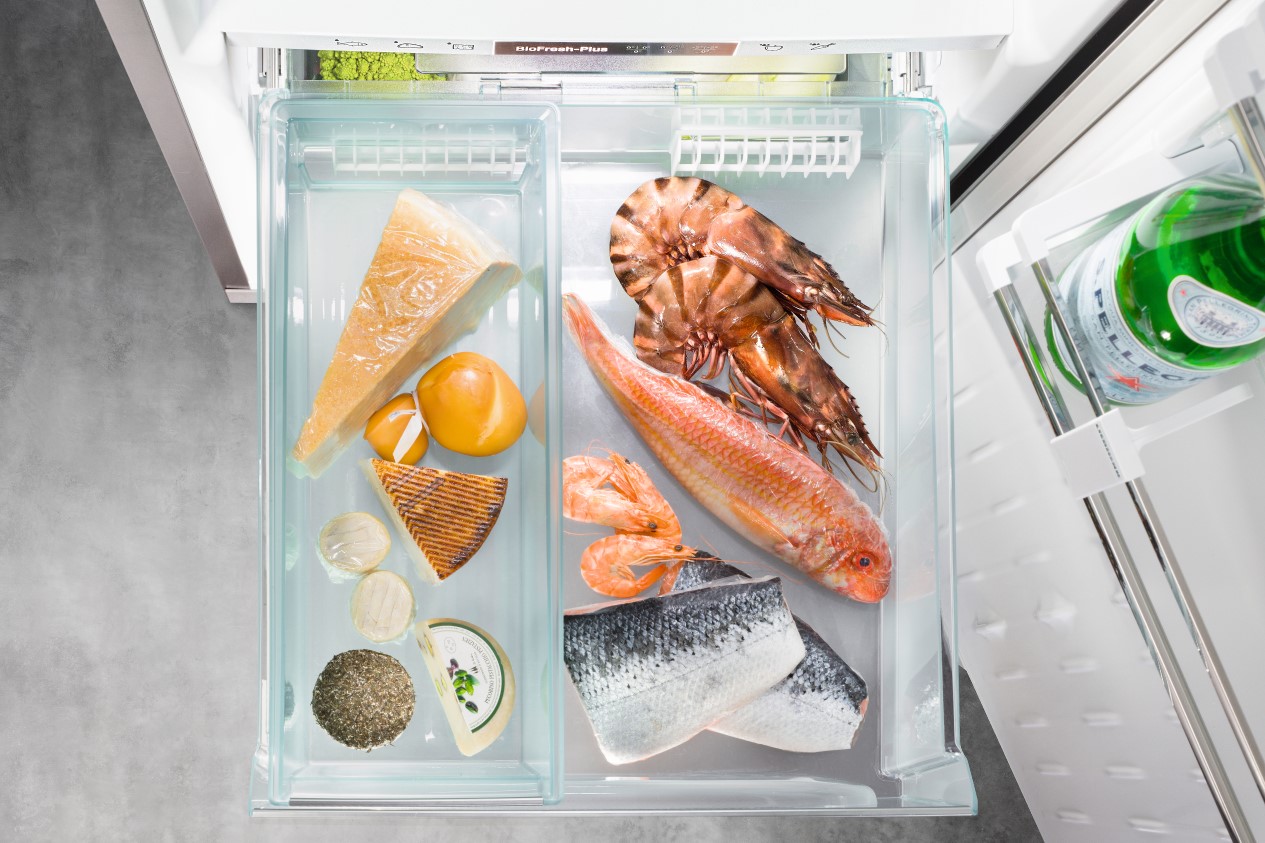


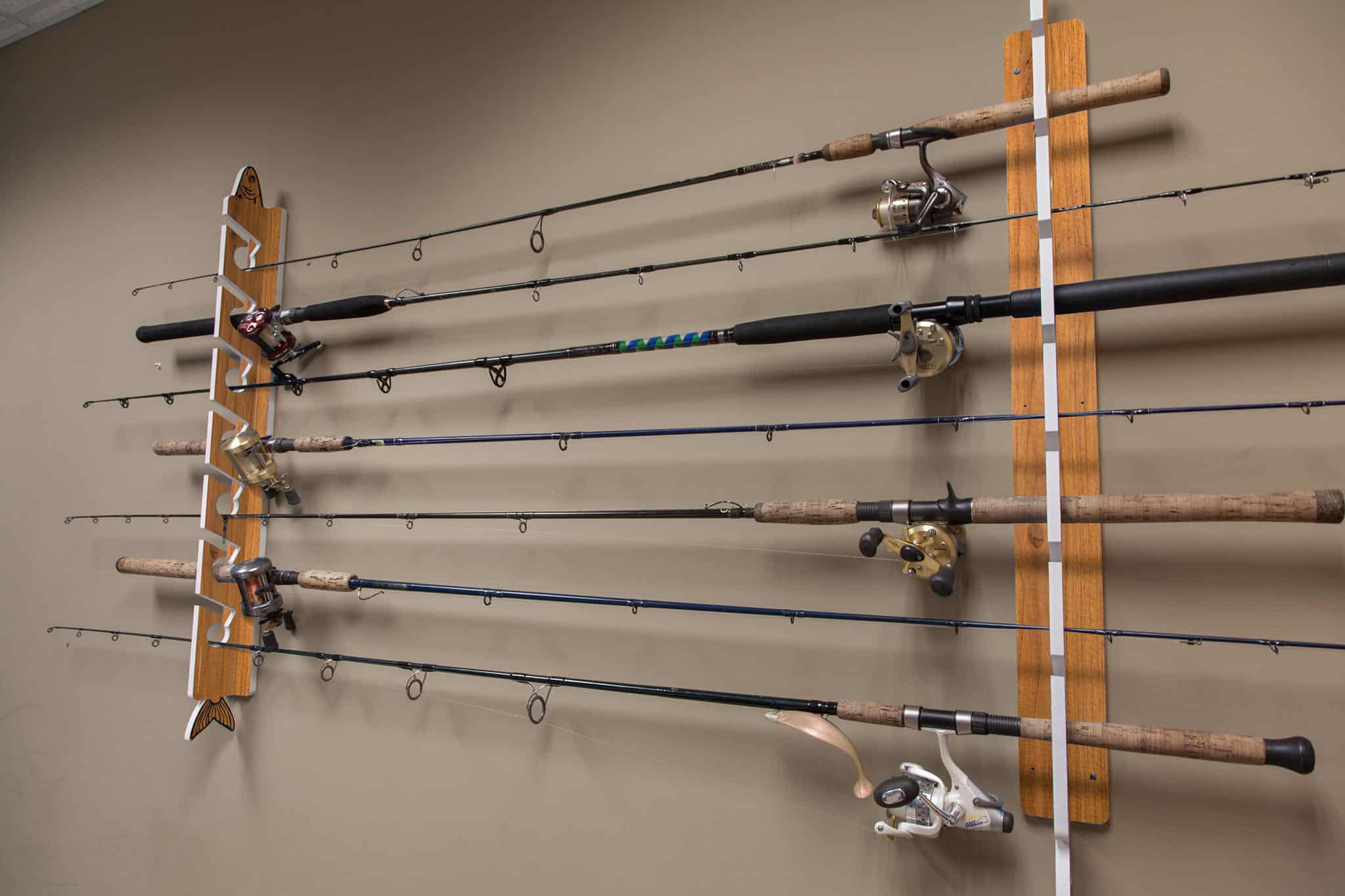
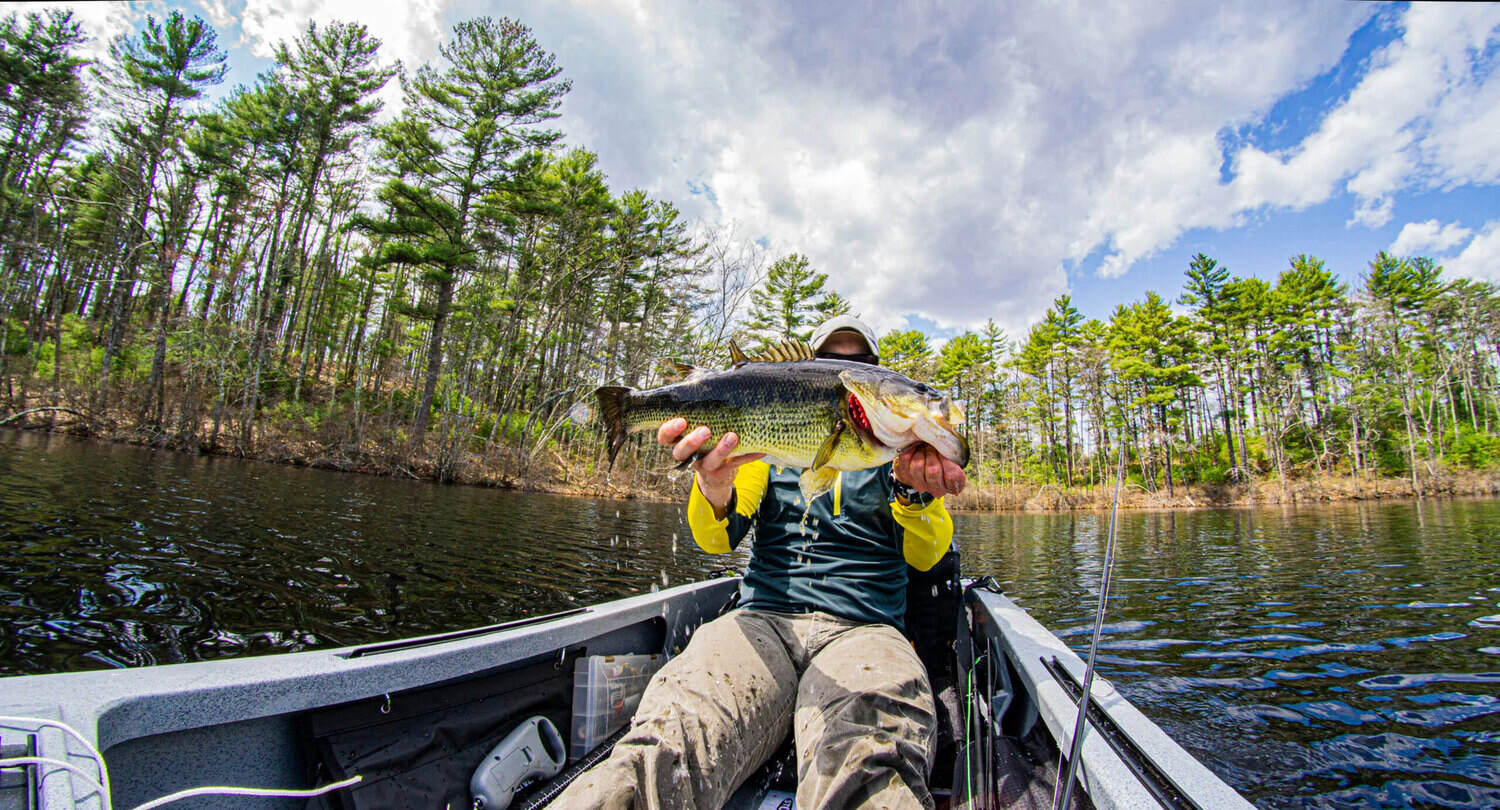
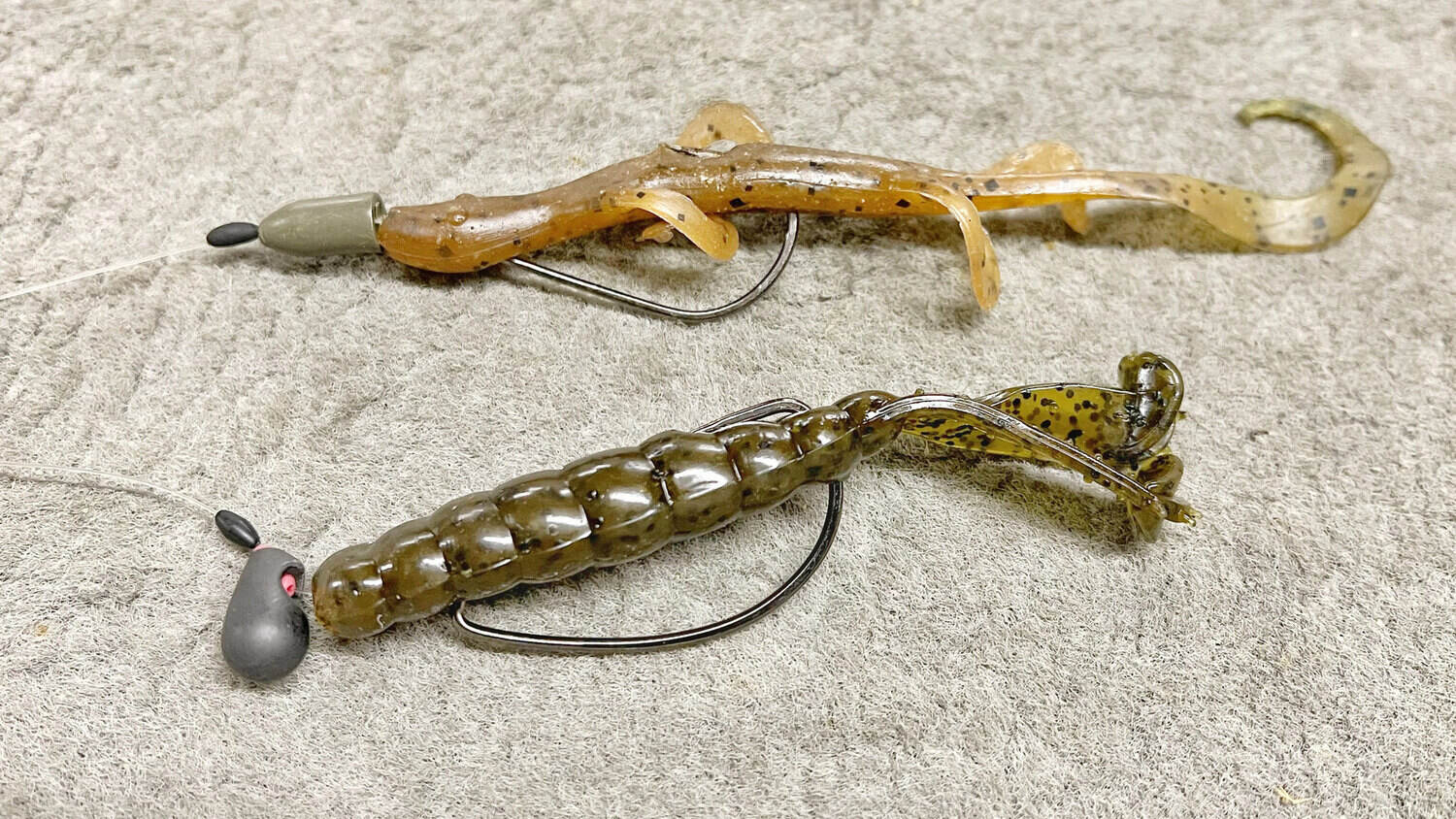


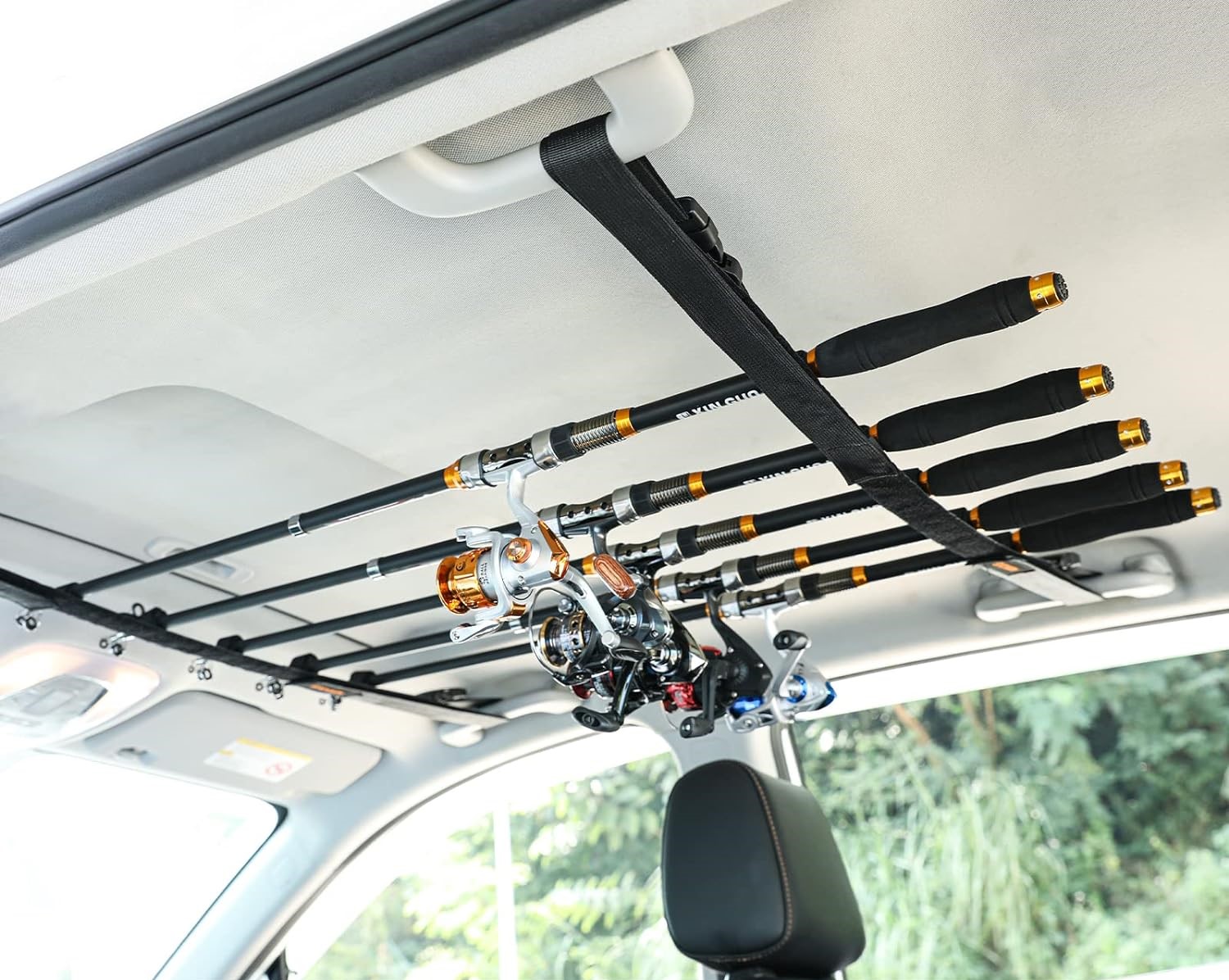
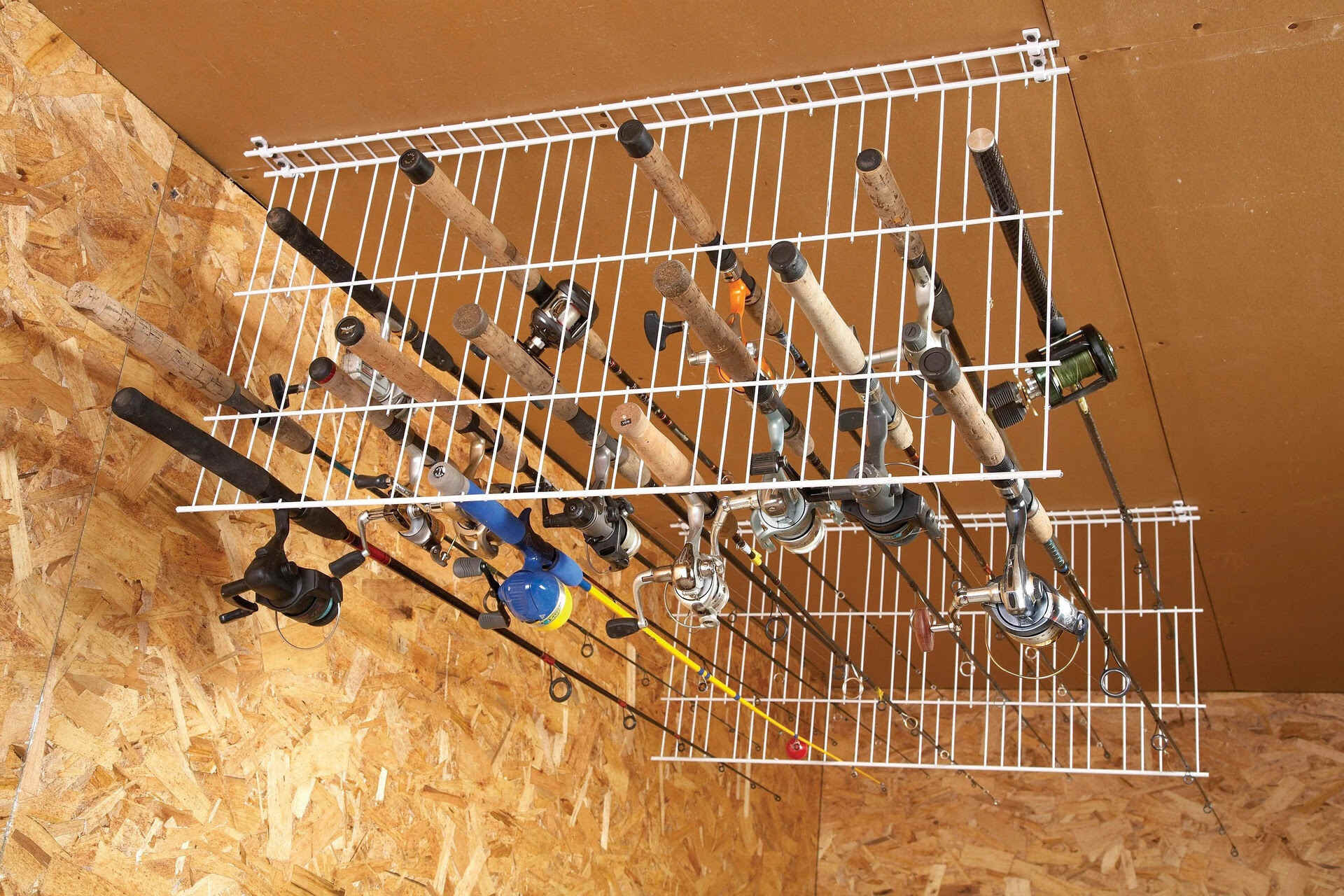


0 thoughts on “How To Store Fishing Leaders”